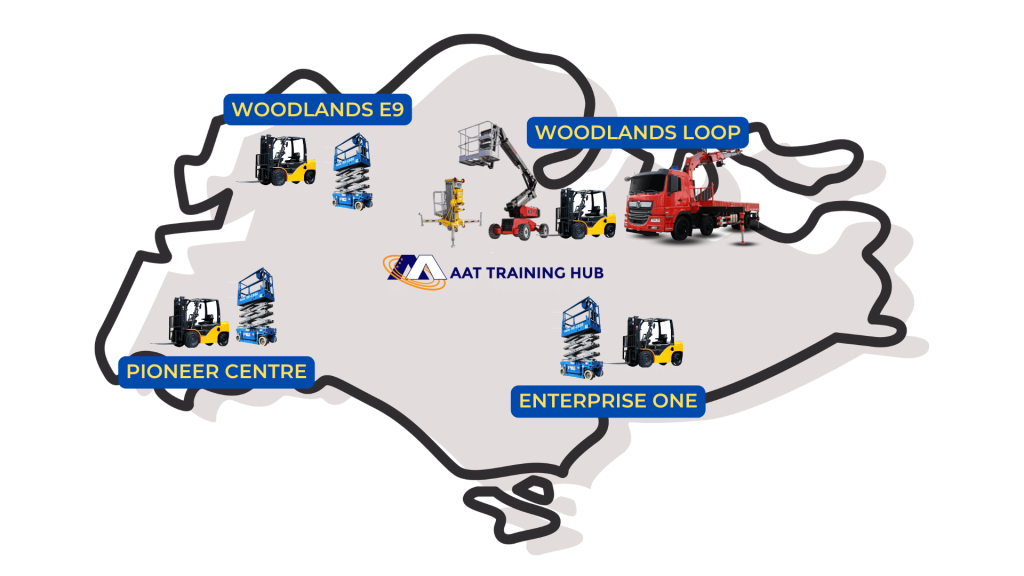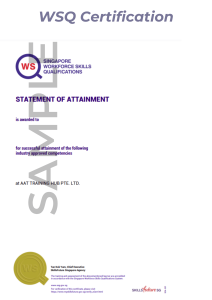Certification
Upon fulfilling the course requirements with a minimum attendance rate of 100% and demonstrating proficiency in the assessments, candidates will be awarded:
- Certificate of Completion from AAT Training Hub
- Nationally recognised WSQ Statement of Attainment
- Competency Card






